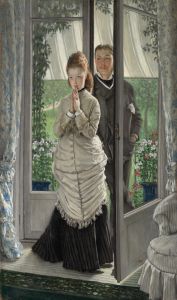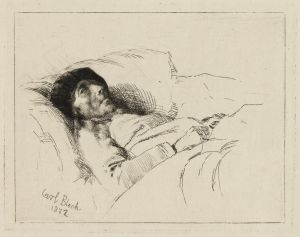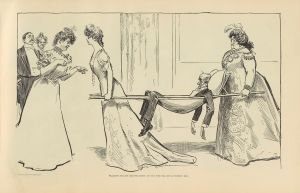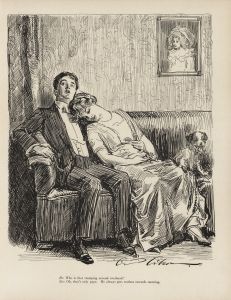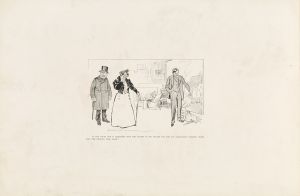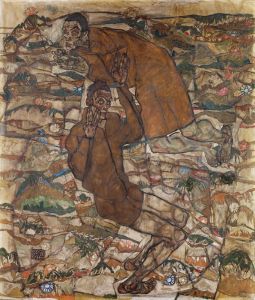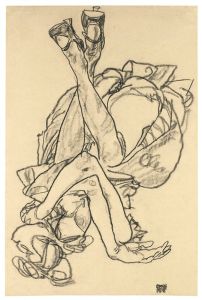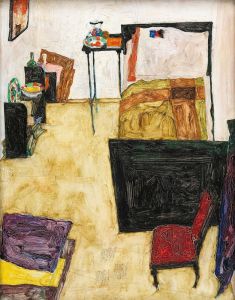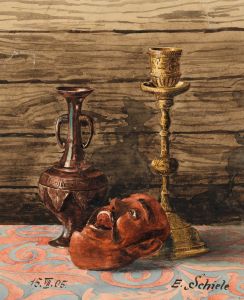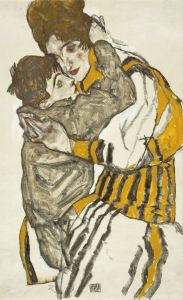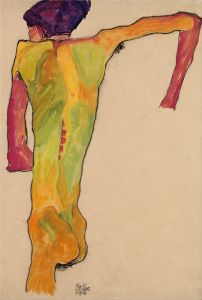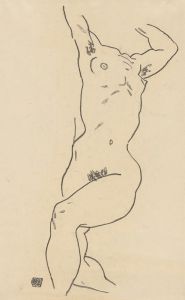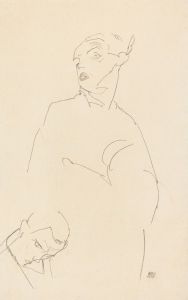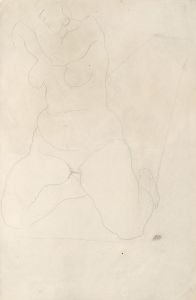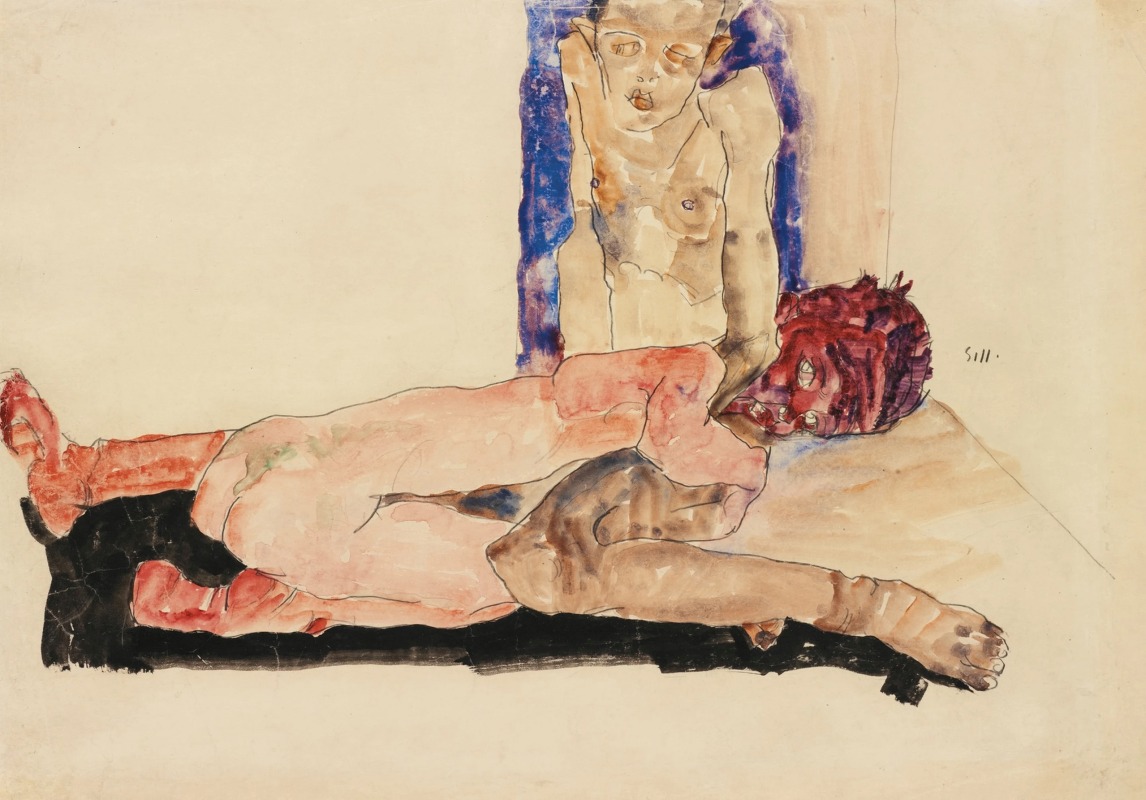
Nacktes Paar
A hand-painted replica of Egon Schiele’s masterpiece Nacktes Paar, meticulously crafted by professional artists to capture the true essence of the original. Each piece is created with museum-quality canvas and rare mineral pigments, carefully painted by experienced artists with delicate brushstrokes and rich, layered colors to perfectly recreate the texture of the original artwork. Unlike machine-printed reproductions, this hand-painted version brings the painting to life, infused with the artist’s emotions and skill in every stroke. Whether for personal collection or home decoration, it instantly elevates the artistic atmosphere of any space.
Egon Schiele, an Austrian painter known for his distinctive style and provocative subject matter, created the artwork "Nacktes Paar" (translated as "Nude Couple") during his prolific career in the early 20th century. Schiele, a protégé of Gustav Klimt, was a key figure in the Expressionist movement, and his works often explore themes of sexuality, death, and the human form with raw intensity and emotional depth.
"Nacktes Paar" exemplifies Schiele's approach to the human body, characterized by exaggerated poses, stark lines, and an almost skeletal depiction of his subjects. His use of color is often minimalistic, focusing instead on the contours and expressions of the figures to convey emotion and tension. This particular piece, like many of Schiele's works, challenges traditional representations of the nude by presenting his subjects in a manner that is both intimate and confrontational.
Schiele's work was often controversial due to its explicit content and the artist's unflinching exploration of human sexuality. During his lifetime, he faced criticism and even legal challenges for his art, which was considered obscene by some contemporary standards. Despite this, Schiele remained committed to his vision, and his work continued to push boundaries and provoke discussion.
The context in which "Nacktes Paar" was created is crucial to understanding its significance. The early 20th century was a period of great change and upheaval in Europe, with traditional values being questioned and new ideas about art and society emerging. Schiele's work reflects this environment of transformation and uncertainty, capturing the complexities of human relationships and the fragility of life.
Schiele's technique in "Nacktes Paar" involves a combination of pencil and gouache, a method he frequently employed to achieve a sense of immediacy and spontaneity in his drawings. The figures in the artwork are often depicted in awkward, contorted positions, which serve to emphasize their vulnerability and the intensity of their connection. This approach is indicative of Schiele's broader artistic philosophy, which sought to reveal the inner workings of the human psyche through the external form.
The legacy of Egon Schiele and works like "Nacktes Paar" is evident in the continued interest and study of his art. His influence can be seen in the works of later artists who similarly sought to explore the depths of human emotion and the complexities of the human condition. Today, Schiele's art is celebrated for its boldness and its ability to capture the essence of the human experience in a way that is both timeless and deeply personal.
"Nacktes Paar" remains an important piece within Schiele's oeuvre, illustrating his mastery of form and his fearless exploration of themes that were, and continue to be, central to the human experience. Through his art, Schiele invites viewers to confront their own perceptions of intimacy, vulnerability, and the human body, making his work as relevant today as it was in his own time.





